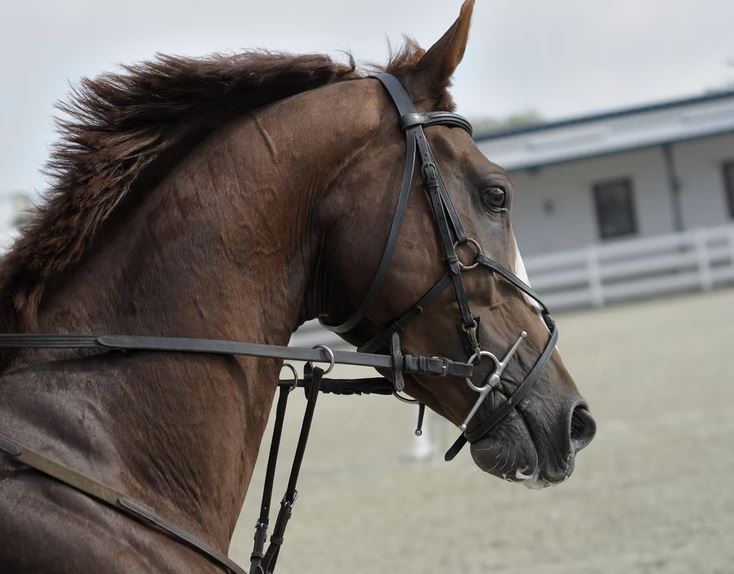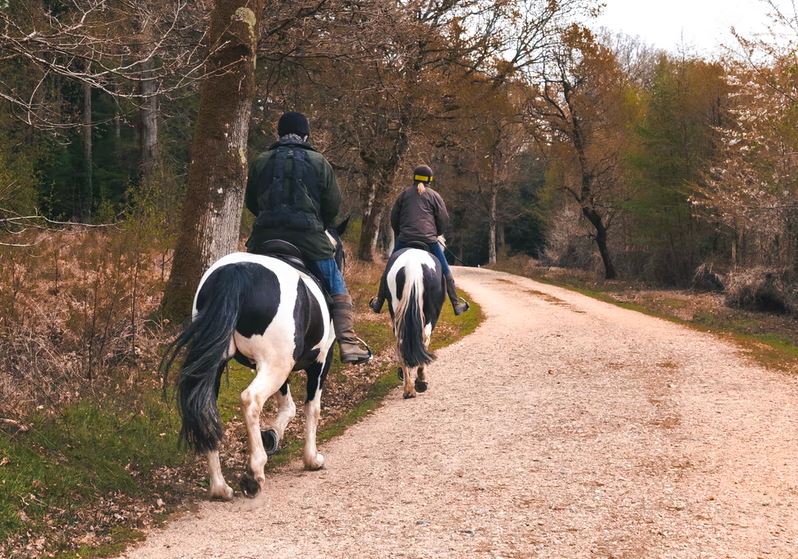It is undeniable that owning a horse is costly. The average annual cost of living can easily exceed $4,000. Before you take on the financial responsibility of caring for a living animal, think about it. But if you have the financial means, you can opt for the most expensive horses.
Do not be alarmed if that number intimidates you or puts an end to your dreams of owning a horse. There are numerous ways to make horse ownership more affordable.
It is beneficial to save money. It might even be a necessity in difficult times. However, no one wants to save money at the expense of a horse’s health. Here are some suggestions for saving money without jeopardizing your horse’s health. Even better, some of these suggestions may help him improve his health while also saving money.
1. Select a Self-Care Boarding Program
The most expensive part of owning a horse is usually the boarding fees. Full-care board can cost anywhere from $300 to $700 per month, while pasture board can cost anywhere from $150 to $400 per month. Each year, these costs can quickly add up to thousands of dollars.
Someone on a budget should think about using a self-care board. Monthly fees for self-care boarding range from $100 to $200. This is a much less expensive alternative to a full-care board or even a pasture board. The term “self-care board” refers to the horse owner’s sole responsibility for the horse’s care. This means feeding, turning out, mucking out, and filling the watering buckets.
These tasks would be handled by the barn staff at a full-service stable; however, when you invest in self-care boarding, you will be responsible for them. This means you’ll need to visit the stable at least once per day.
While this may appear daunting, many self-care boarders assist one another, so if one of them is unable to attend one day, the others will look after their horse. This type of boarding also means spending more time with your horse and strengthening your bond.
2. Work in exchange for boarding costs
If a self-care board isn’t an option for you and your schedule prevents you from visiting the barn every day, speak with your barn manager. They might let you trade work and do barn chores in exchange for a lower board rate. This will not only save you money, but it will also teach you about the care and responsibility that comes with owning a stable.
Check around if the barn where you board does not require assistance. I’m constantly seeing help-wanted advertisements for board work. Join local horse social media groups and advertise your availability there.
3. Think about a half-lease
A half-lease is when someone pays you or covers half of the horse’s expenses in exchange for leasing the horse for a few days a week. While the idea of sharing your horse with someone else may not immediately appeal to you, it could immediately reduce your costs.
Set a schedule for the days you want to ride and spend time with your horse, as well as the days the horse will be offered to the other person if you decide to offer your horse for half-lease. If you can’t get to the stable every day, this will be ideal because the horse can be leased out on those days when you can’t.
4. Purchase a Used Tack
Let’s face it: tack is costly. Finding quality tack on a tight budget can be stressful. Buying used tack is something I recommend. Used tack stores can be found almost anywhere. These tack shops inspect the saddles, bridles, and girths to make sure they’re still in good condition before selling them at a discount. There’s no need to be concerned about getting a broken piece of tack or spending a lot of money.
5. Basic Medical Knowledge
Learning basic medical procedures can save you a lot of money in the long run. While contacting your veterinarian is always recommended, there are times when you can treat your horse at home.
Many horse owners prefer to administer vaccines themselves rather than pay for a vet visit and inflated vaccine prices. Vaccines can be purchased for half the cost of a vet visit at farm stores or online. Just make sure you understand how to administer the vaccine before attempting it on your own. When a vaccine is given incorrectly, it can cause complications.
There are times when you can treat common horse injuries yourself rather than hiring a veterinarian. That being said, it is critical to understand when a veterinarian should be contacted.
You will be able to avoid multiple vet visits if you know how to wrap a horse’s leg, make a duct tape boot for abscesses, take a horse’s temperature and pulse, deworm, and check their teeth, mouth, and gums. It will also assist you in communicating with your veterinarian if you have a question about one of these topics.
6. In the summer, buy hay
Hay is essential for stabled horses as well as horses that spend the winter out in the field. When winter arrives, all of the grass dies, leaving the horses with nothing to eat. Horse owners will be required to provide hay for their animals.
If you wait until the winter months to buy hay, you will find that the cost is much higher. People are scrambling to find food for their horses, and sellers are anticipating higher prices. The best way also to trim down your expenses for food, is to make treats for your horses at home. Furthermore, depending on where you live, hay becomes scarce and prices skyrocket once the winter months arrive. Furthermore, the majority of the hay that remains will be of poor quality.
During the summer, hay is cut. Because sellers have an abundance of it and no one thinks to buy hay during the summer when the fields are full of lush grass, now is the best time to stock up on your winter hay supply. Buying hay early will save you money and ensure better quality.
Board, feed, vet bills, farrier bills, tack, supplies, and any activities you may be interested in are all things to consider when calculating the cost of owning a horse. Before jumping into the world of horse ownership, it’s important to have a good idea of what you can and can’t afford, as there are always unexpected costs.


